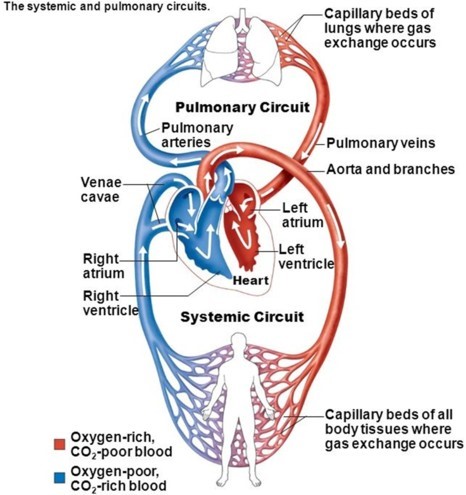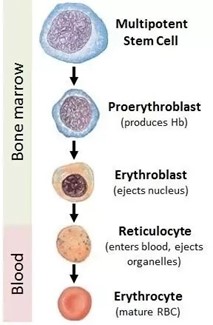The thymus gland secretes hormones called:
Thyroxines; control metabolism.
Melatonins; control circadian rhythms.
Thymosins; control production and differentiation of white blood cells.
Prostaglandins; control strength.
The Correct Answer is C
The thymus gland is an essential part of the immune system that produces and matures T cells, a type of white blood cell that defends the body from infections.
Thymosins also regulate immune cell production and inhibit aging.
Choice A is wrong because thyroxines are hormones produced by the thyroid gland, not the thymus gland.
Thyroxines control metabolism and affect growth and development.
Choice B is wrong because melatonins are hormones produced by the pineal gland, not the thymus gland.
Melatonins control circadian rhythms and sleep cycles.
Choice D is wrong because prostaglandins are not hormones, but lipid compounds that have hormone-like effects.
Prostaglandins control inflammation, blood pressure, muscle contraction, and other functions.
Nursing Test Bank
Naxlex Comprehensive Predictor Exams
Related Questions
Correct Answer is D
Explanation
The systemic circuit sends oxygen-rich blood to the tissues.

It is part of the circulatory system that carries blood away from the heart, delivers it to most of the organs and tissues, and returns it to the heart again.
Choice A is wrong because it describes the pulmonary circuit, which brings oxygen-poor blood from the heart to the lungs.
Choice B is wrong because it is the opposite of what the systemic circuit does.
The systemic circuit brings oxygen-rich blood from the heart to the tissues, not from the tissues.
Choice C is wrong because it is also the opposite of what the systemic circuit does. The systemic circuit sends oxygen-poor blood to the heart, not from the heart.
Correct Answer is A
Explanation
Red blood cells do not contain a large nucleus; in fact, they do not contain a nucleus at all when they are mature.
This is an adaptation that allows them to carry more hemoglobin, the protein that binds oxygen, and to squeeze through narrow capillaries.
Choice B is wrong because it contradicts the fact that red blood cells are enucleated (lacking a nucleus) in humans and most mammals.
Some vertebrates, such as birds and fish, have nucleated red blood cells, but they are not thick near the center and thin around the rim of the cell.

Whether you are a student looking to ace your exams or a practicing nurse seeking to enhance your expertise , our nursing education contents will empower you with the confidence and competence to make a difference in the lives of patients and become a respected leader in the healthcare field.
Visit Naxlex, invest in your future and unlock endless possibilities with our unparalleled nursing education contents today
Report Wrong Answer on the Current Question
Do you disagree with the answer? If yes, what is your expected answer? Explain.
Kindly be descriptive with the issue you are facing.
